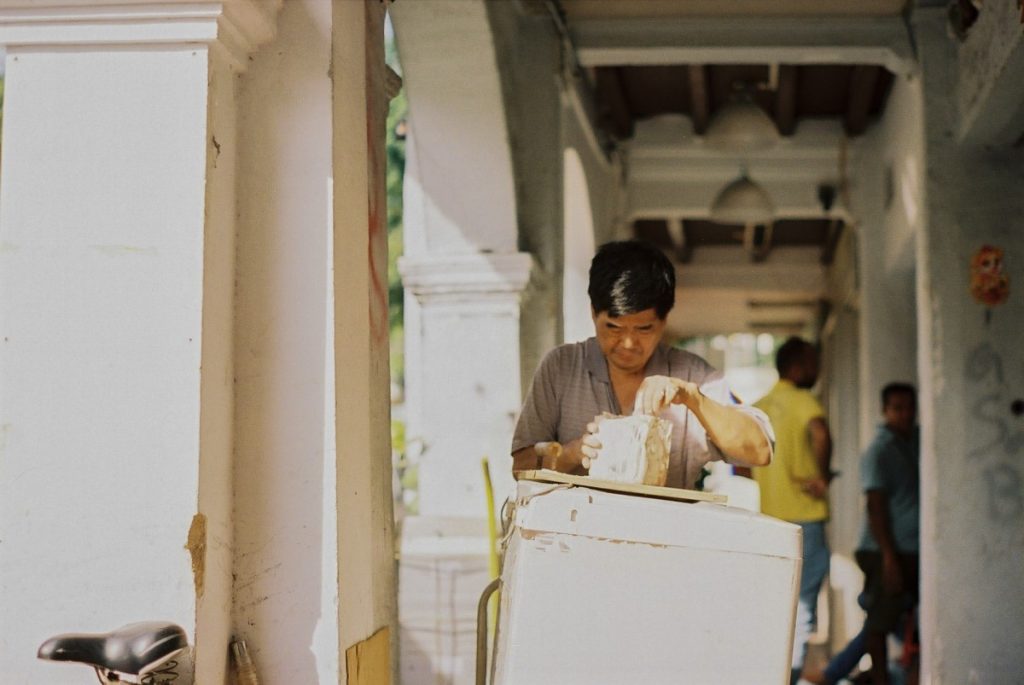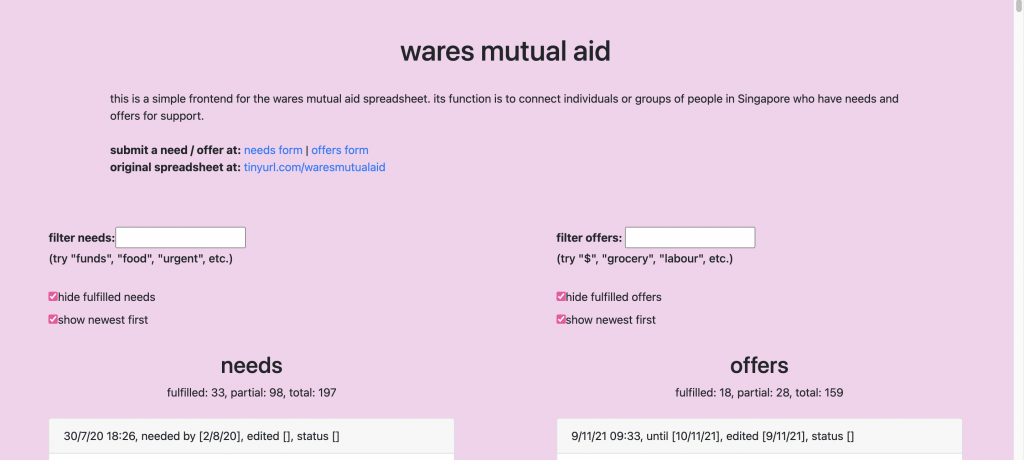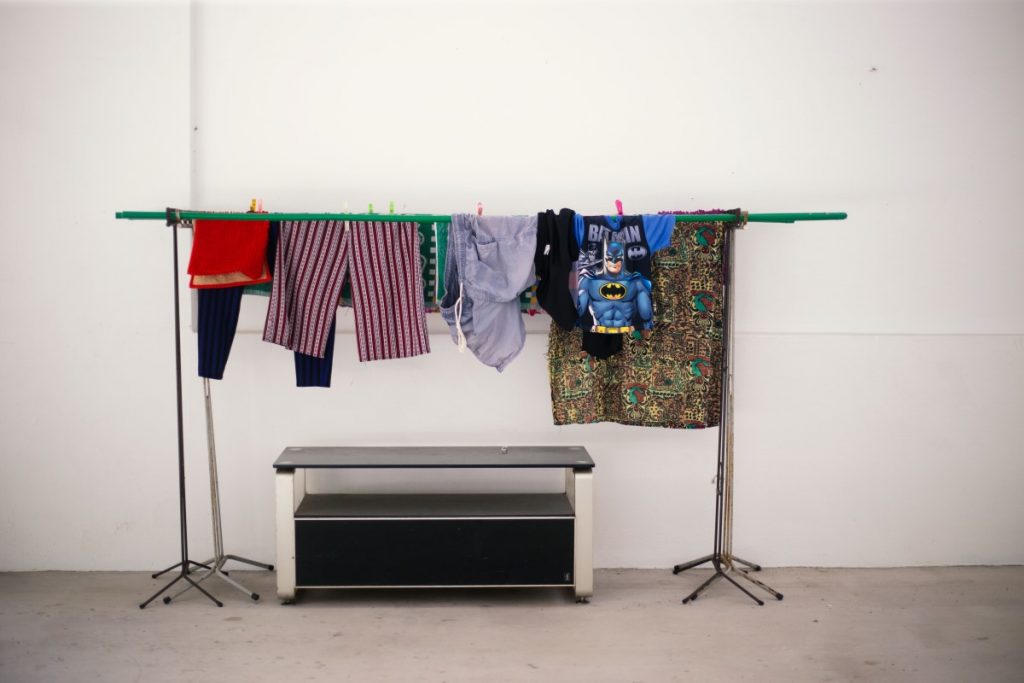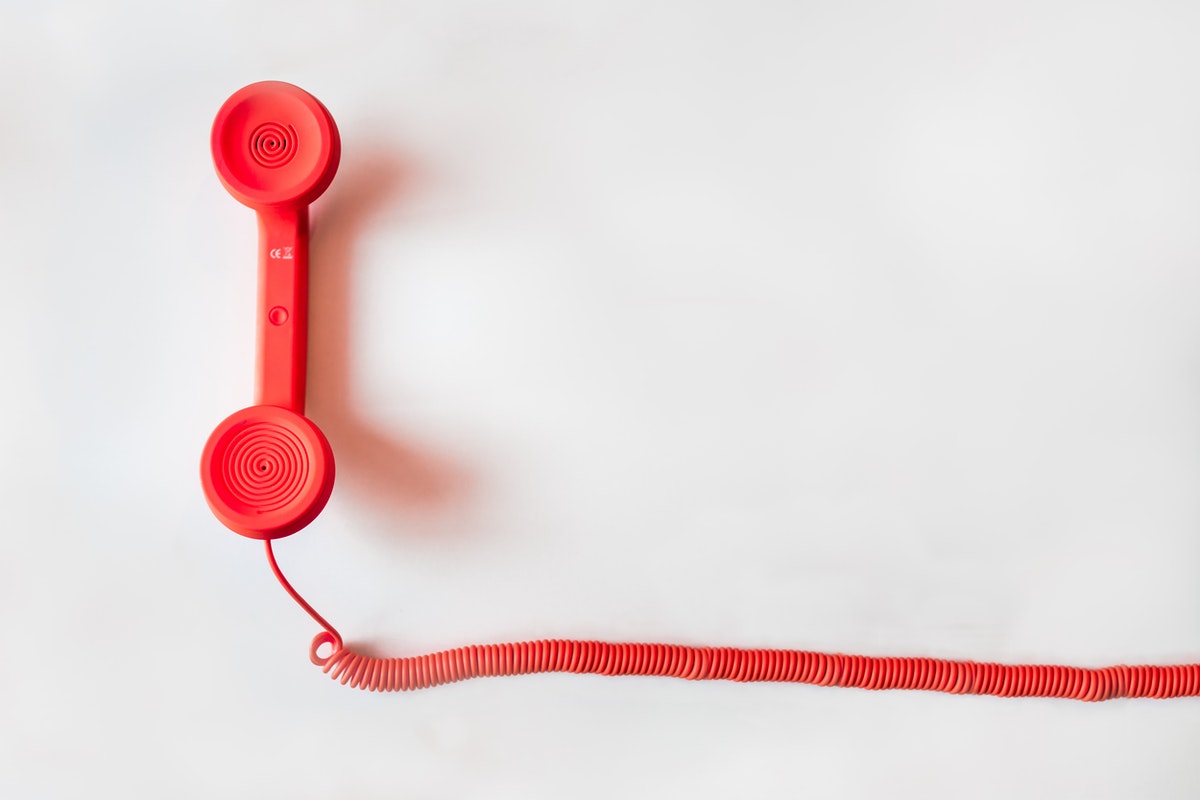Top image: Negative Space/Pexels
*Names have been changed.
When May* was diagnosed with cancer at the age of 39, her world crumbled. All of a sudden, right before needing to start radiotherapy, her company put her on no-pay leave. Being the sole breadwinner in a family of four and needing to support her elderly parents and unemployed sister, she was left to fend for herself.
At one point, she was unable to pay even for basic needs like food and transport. Her health deteriorating day by day, she desperately knocked on the doors of several government agencies. However, there was no help due to the mountain of financial help seekers that already lay before her until a friend told her about mutual aid in Singapore, which provided her with the financial respite she needed.
May is not alone in this wealthy, cosmopolitan city of Singapore to face such financial challenges. There are countless others who struggle to pay for basic necessities such as rent, food, transportation, and medical treatments. Many suffer under the weight of debts and loans. Some are even rendered homeless. Under such dire circumstances with nowhere to go, many turn to mutual aid organizations to aid them with their financial struggles.
What is Mutual Aid?
The term “mutual aid” was first coined by the Russian philosopher Peter Kropotkin.
Mutual aid is an initiative by the people and for the people without involvement from the government. Instead, volunteers from the community come forward to administer help by providing financial and emotional support to those in need.
The aim of mutual aid is to avoid a top-down structure whereby a few wealthy individuals or institutions address community needs. Instead, it welcomes the involvement of all in the community to contribute in a ‘horizontal’ network; everyone is considered equal regardless of income level and class.

Mutual aid rose to prominence in Singapore in 2020 during the onset of COVID-19. When lower-and-middle-income workers lost their jobs or were placed on no-pay leave, the government implemented measures, such as the COVID-19 Recovery Grant and Courage Fund, to ease their burdens. However, the verification and processing of cases took even longer due to the high amount of people applying for government aid.
One of the pioneering mutual aid initiatives in Singapore, Wares Mutual Aid, was launched in March 2020 to help people receive financial support faster. Eastside Mutual Aid followed soon after in August 2020, while Migrant Mutual Aid began operations in December 2020.
Although mutual aid initiatives operate on the same fundamental beliefs, they may have different structures and processes and may serve different communities.
For example, at Migrant Mutual Aid and Wares, large monetary amounts from donors are transferred first to volunteers, who then distribute a lump sum to the recipients. Eastside Mutual Aid, on the other hand, prefers a more direct approach—people can donate directly to the recipients through Paynow and bank transfer, rather than go through a volunteer.
Another example of mutual aid’s diverse practices is the medium through which the work occurs. Wares Mutual Aid’s work previously took place mainly through spreadsheets, but now takes place through “pods”—assigned volunteers are delegated to certain areas to encourage the building of relationships with those in need. The work of Eastside Mutual Aid, on the other hand, occurs primarily through a Whatsapp group chat.
All three reach out to the community through social media networks, especially Instagram. They raise money through online fundraising and sometimes even by hosting book fairs such as Wares Book Fair.

Speed & Efficiency
According to the Ministry of Social and Family Development’s ComCare Annual Report, “ComCare assisted some 96,000 beneficiaries in FY2020, a 22% increase from FY2019.”
Although public aid programs do their best to fulfil the needs of the community, the sheer number of people in need of aid means that the processes involving receiving public aid are often long-drawn.
ComCare applications, for instance, can take weeks or even months to process. ComCare is an initiative by the Ministry of Social and Family Development that provides financial support to low-income families and individuals.
According to MSFD, “Most applications are processed within 4 weeks once the necessary documents have been submitted by the applicants, and almost all applications are processed within 6 weeks.”
However, in the time it takes to process applications, basic expenses remain. Hence, many people approach mutual aid communities for help with immediate expenses such as medical bills, rent, and even food and transport. One example is Ali*, a father of two left unemployed due to severe health issues, who desperately needed money to feed his young family while waiting for his ComCare application to be approved.
According to several volunteers, “Smaller amounts are usually fulfilled within a day or a few days. Larger amounts take longer, like a week or so.”

Less eligibility requirements
Mutual aid initiatives advocate for less documentation and verification for people looking for support.
According to Chloe, a former volunteer at Wares Mutual Aid, mutual aid aims to provide greater convenience when applying for help.
She says, “When cases come in, volunteers will maybe ask for some screenshots of bills and things like that, but that’s it. Sometimes the volunteers will meet the people asking for help. But besides that, mutual aid aims to operate mostly on trust. Providing documentation can be very time-consuming and difficult, so by reducing the amount of documentation needed, help can be received quicker.”
Amanda*, a volunteer at Eastside Mutual Aid, says that “We don’t stop people from posting requests in the group chat, but when fundraising, we are transparent about whether cases have been verified or not.”
Although this system has mostly benefited those in need, there have been a few cases where people fabricate details about their situations.
“There have been some breaches of trust with Wares, and often, the reason was that people were ashamed to disclose the real reason they needed money,” Priya, a volunteer with both Migrant Mutual Aid and Wares Mutual Aid shares.
“For example, they would say the money was for a hospital bill when really it was to pay off loan sharks.”
The root of the problem remains; there’s stigma around certain kinds of poverty. Either way, it was dealt with restoratively and by initiating communication between members of the community.
Linda*, a volunteer at Wares Mutual Aid, remembers a woman who pulled a picture of debt from the internet and passed it off as her own.
“Although there are cases where people have lied to receive aid, the vast majority are genuine cases. Still, I think it’s important to recognize why people feel the need to fabricate things when searching for help, and why they think they won’t be helped if they tell the truth about their circumstances,” Linda* explains.

It’s not all perfect
While mutual aid has contributed positively to the community, it does come with drawbacks.
According to several volunteers, there is a high turnover amongst the staff due to the amount of emotional labour involved in the job. Furthermore, although volunteer duties can almost feel like a full-time job, no one at mutual aid initiatives is paid for their labour. This makes it hard to sustain a consistent workforce.
“We have had many cases where a volunteer will join the organisation with enthusiasm only to stop being involved after a short while. We find it challenging to recruit and keep volunteers long-term. Also, with limited administrative help, we do not have a proper register of volunteers. These issues with volunteers do affect our efficiency to provide help,” Amanda says.
Linda also elaborates on the challenges of getting donors. “People tend to prefer giving money to more official organizations. They may not trust us fully although we are sincere in seeking help for others.”
Envisioning a different Singapore
Still, at the heart of mutual aid, lies community.
“We don’t just give people things and then stop there,” Amanda explains. “We go a step further. We speak to their employers and families. We check in with them even after their needs are met. We make sure they can always come to us. Relationship-building is very important to mutual aid.”
Mutual aid provides an alternate vision of Singapore—one where Singapore is built on the backs of community, kindness, and selflessness, rather than competition and isolation.
When asked about what mutual aid means to her, Amanda is quiet for a few moments.
“To me, mutual aid is an alternative to the systems that are already in place,” she says. “It puts people, rather than the organization itself, first. Mutual aid is about caring for and trusting one another. We hold each others’ hands. We lift each other up.”
As a concept, Mutual Aid eschews bureaucratic red tape and sends immediate help to people who urgently need financial assistance. It has its merits, especially in a country like Singapore that relies heavily on workflows, processes, and administrative procedures, and where the central tenet of Mutual Aid, trust, admittedly, is not a perfect fit. The concept of ‘trust’ in a government organisation is not merely lip service but involves a declaration of income, proof of unemployment, justification of help, and a whole plethora of approvals before any financial help is disbursed.
Still, mutual aid is not without its disadvantages, mainly in ensuring a stable cohort of volunteers to do the leg-work for the organisation. It might be more useful, then, to view mutual aid not as a direct replacement for government assistance, but as a viable stop-gap measure that ensures people who need help can live to see another day. The two can co-exist, a partnership which, if properly managed, can do even more for the less fortunate in Singapore.





